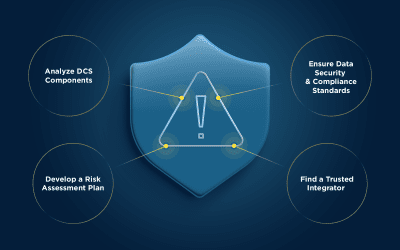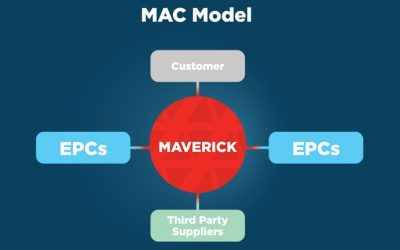When “Just Fine” Isn’t Good Enough: HMI Design and Development
“Please don’t talk to me about technologies that can improve my plant’s performance. I can’t stand the idea of disrupting my current situation with anything new, even if it’s better.”
“So, how is the plant running these days?”
“Just fine.”
Unfortunately, this imagined dialogue isn’t all that imaginary. Despite the great progress we’ve made in technology, process engineering, safety, and abnormal situation management, we have little to show for it in the process industries. So where did we go off track and what can we do about it? How do we convince our peers that merely satisfactory or acceptable performance is not enough?
A demographic shift in the workforce
Not too long ago, production companies had buildings full of engineers who worked tirelessly on innovative techniques and new ways to optimize their processes. This required a lot of investment, but the results were overwhelmingly positive. Many plants were optimized to run beyond the limits of what they were previously thought capable, leading to truly great operations.
Now, fast forward to today, when we are experiencing a demographic shift as our most experienced engineers continue to retire. We have a lot of engineers and facilities operating in a merely “break/fix” mode. Keeping the plant safely running and making products are the only goals because maintaining “just fine” operations means you keep your job. There is little motivation to consider ways in which to make the plant run better.
HMI techniques
In addition, we have a shift in HMI techniques that could exacerbate the problem. I’m a huge proponent of abnormal situation management (ASM) guidelines and some of the newer High-Performance HMI (HP-HMI) methods, but we’re dangerously close to going overboard, especially at the highest Level 1 graphics. By definition, ASM only highlights abnormal and dangerous situations, but how do we highlight inefficiencies and suboptimal operation in the process?
The HMI is the most critical interface point in any process facility, yet opportunities for improvement can be easily hidden by poorly designed graphics. Take, for example, the Level 1 process overview illustrated to the right. This dashboard is meant to highlight any dangerous conditions the operator needs to address, nothing more, and even that function is questionable.
The information presented here is no better than an operator would have seen 30 years ago on a panel board. That’s progress? We must ensure that the difference between running fine and running great is clearly presented to the operator, and that’s not going to happen through a series of bar graphs or radar plots, unless additional enhancements are integrated
Enter: High Performance – Human Machine Interface
It has been proven that the integration of HP-HMI techniques leads to faster operator recognition of and response to critical issues. An operator can only improve process improvement if they can see and quantify opportunities to do so. But that doesn’t mean you can just put a new skin on an outdated interface.
Executing HP-HMI techniques without in-depth knowledge of the process can actually cause more harm than good. From design through implementation, any high-performance graphic integration should engage the operators early to ensure they are part of the solution and have a say in the final deliverables. Using a standard library rather than a custom one keeps it easily maintainable and doesn’t require upgrades every time the software is updated.
The facilitation and development of the layouts are not entry-level work, so you don’t want to hand it off to entry-level technicians. Process experts will be able to provide the process experience and knowledge needed to truly optimize the interface by reducing the amount of graphics that exist. Then your operators will have all the information they need right in front of them, so they can quickly react to issues and identify opportunities for improvement. Even just a few percentage points of improvement can yield significant returns for the plant.
Change for the better
I challenge engineers and operators alike to rethink the widespread belief that “just fine” is good enough. Gone are the days of buildings full of senior engineers dedicated to unit operations; instead we have a much leaner and more nimble model. Let’s always look for additional opportunities to improve the process and ensure that we empower operations consistently to have plants that run great.
To learn more about High Performance – Human Machine Interfaces, and how they can help you optimize your operations, join MAVERICK Technologies on December 4 for a free webinar. MAVERICK Program Manager Lee Swindler and I will discuss what goes into creating an optimal HMI. Lee has more than 26 years of industrial automation experience in the chemicals and oil and gas sectors. Reserve your seat now.
This post was written by Chad Harper. Chad leads MAVERICK’s Technology Group, a team of subject matter experts who provide content for training programs and reuse strategies and ensure project quality on those platforms. MAVERICK Technologies is a leading system integrator providing industrial automation, strategic manufacturing and enterprise integration services in the manufacturing and process industries.


